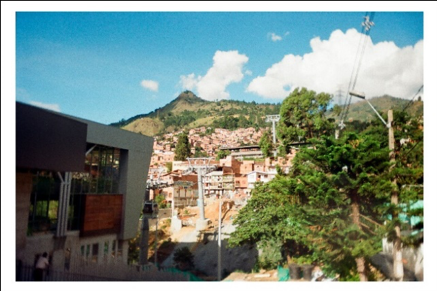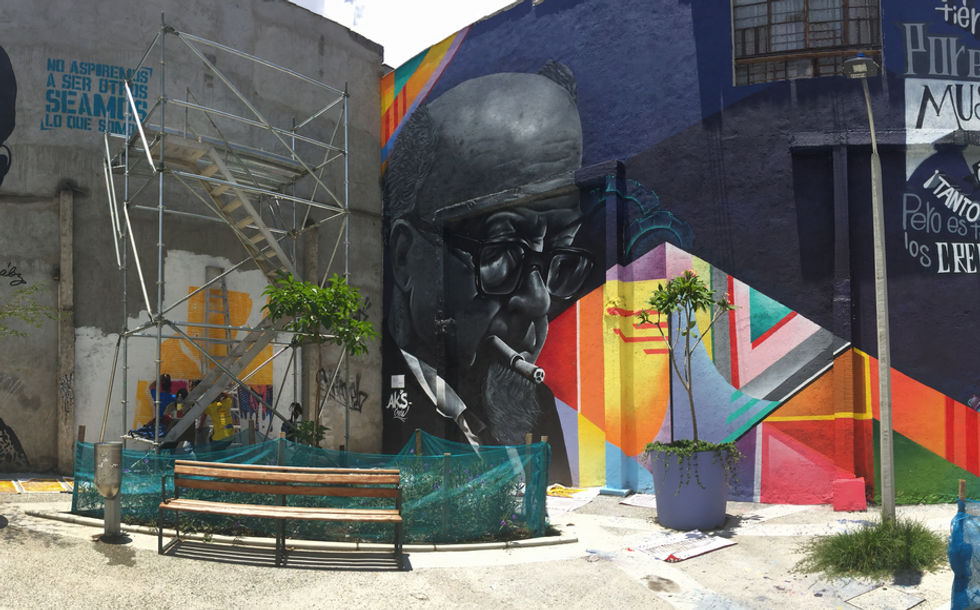public space, green infrastructure & wellbeing
The Public Space, Green Infrastructure and Wellbeing theme was led by Diana Álvarez, Tiago Torres-Campos and Ryan Woolrych. The overarching question formulated at the outset of the project for the theme was:
To what extent and in what way have the processes and strategies for the provision of public space (from the perspective of its creation, management and perception) contributed to socio-economic and environmental integration in Medellín?
During the first fieldwork trip, Diana Álvarez shared with the UK-MUI team an exhibition the MSc course in Urban Studies and Landscape had prepared, in the context of the work developed through the MUI project, as an initial approach to addressing the above question. The exhibition’s principal aim was to explore the process of change generated since a Presidential Committee was established in 1991 to define the pathway for Medellin’s urban transformation. This process catalysed a renewed integration of stakeholders and community actors within the city. By using the Council’s recommendations as a starting point, the exhibition asked “Is Medellín the city that we have planned?”. To address the question, Álvarez’s teaching team and students focused on five specific urban transformations, through different regeneration programmes in the city – in public space, green infrastructure, and social wellbeing – and analysed each process as well as their legacy in 2015, investigating uses and perceptions.
This exhibition was an inspiration for the MUI team, and Torres-Campos together with Woolrych agreed on continuing the research collaboration on this theme to include Álvarez’s Master students. This was well received by Álvarez, who had a new cohort of Master students that would be studying a transversal section of the city as an ecological corridor.
The research for this theme has therefore been ongoing since April 2016 and is not focused on a series of events in the way other themes have been researched. The next cohort of Master students were introduced to their course in July 2016 with a Live Project brief following MUI’s research questions on this theme and using the Santa Elena waterway as an ecological corridor within which to study ‘Public Space, Green Infrastructure and Wellbeing’. The students’ first task was to undertake a short exercise of urban narratives, perception and public space and their findings were presented, discussed and debated during the MUI team’s fieldwork visit in August 2016, during a 2-day workshop, which was to include community, public sector and tertiary sector participation, in order to explore narratives and perceptions of public space.
The outcome of this 2-day workshop resulted in a series of different strategies to develop the scoping studies. On the green infrastructure and ecological corridor, Álvarez’s students continued the project with a desk-based analysis of the physical and political dimensions of their case study in Santa Elena. On the wellbeing aspect of the theme, the workshop reinforced the need to conduct photo-elicitation as a process of narrative recollection. This methodology is used in a scoping study identified through this workshop, called Perception of Public Space within urban regeneration: Policy and Practice. In addition, a further scoping study has been identified through the process and will be led by Torres-Campos and Crane, using Anthropocene as a lens through which the processes undergone by the city of Medellín are critically viewed and categorised, examining how these changes have determined the growth of public space in the wider Aburrá Valley.


















